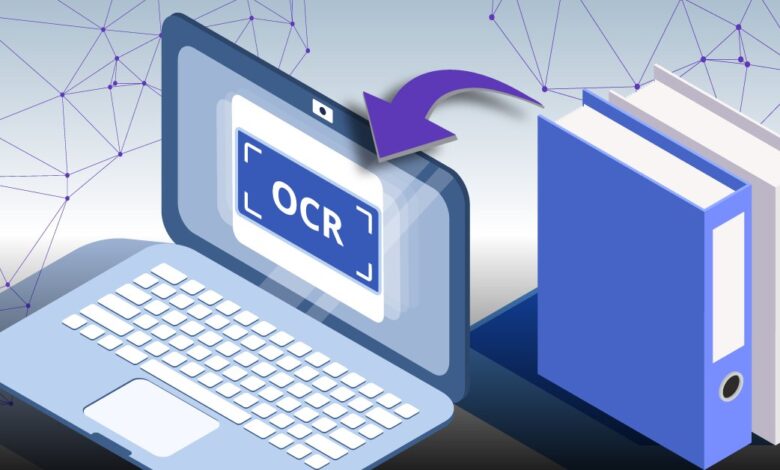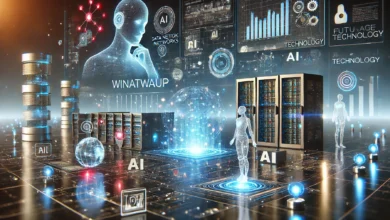OCR Technology Software: Trends Driving Accuracy Improvements

Optical Character Recognition (OCR) has become a cornerstone of digital transformation, powering automation in finance, healthcare, logistics, and government services. What started as a way to convert scanned text into editable files has now evolved into OCR technology software capable of interpreting complex layouts, detecting multilingual content, and even reading messy handwritten notes.
The stakes are high: inaccurate OCR can lead to compliance risks, financial errors, or operational delays. That’s why modern OCR solutions now combine artificial intelligence (AI), natural language processing (NLP), and deep learning to achieve near-human levels of accuracy across diverse document formats.
A recent 2025 research study on LMV-RPA (Large Multiview Vision with Robotic Process Automation) found that by combining multiple OCR outputs with large language models, enterprises achieved over 99% text recognition accuracy while reducing processing time by nearly 80%. This breakthrough underscores how AI-driven OCR is no longer just about digitisation; it’s about enabling intelligent, scalable document automation.
Key Trends Driving Accuracy in OCR Technology
OCR has advanced rapidly in recent years, moving from basic digitization to intelligent data extraction. Modern ocr technology software leverages AI, machine learning, and NLP to reach higher accuracy rates across printed, scanned, and handwritten text. These trends are shaping how businesses achieve faster, more reliable, and scalable document automation.
Key Features Driving Accuracy Improvements
- AI-Powered Recognition: Deep learning models analyze patterns in text and layout, adapting to new document types without templates.
- Image Preprocessing: Techniques like noise removal, contrast adjustment, and deskewing improve accuracy by up to 30% for low-quality scans.
- Contextual Understanding with NLP: Goes beyond characters to understand meaning, e.g., identifying “Total Amount” vs. “Invoice Number” correctly.
- Handwriting Recognition (ICR): Advanced Intelligent Character Recognition achieves 90–98% accuracy on handwritten inputs, once a major OCR challenge.
- Multilingual Support: Modern engines process documents in multiple languages and scripts, from Arabic to Mandarin, enabling global scalability.
- Generative AI & Transformers: New architectures like VISTA-OCR unify text detection and recognition, making extraction more accurate and efficient.
- Cloud Scalability: Cloud-native OCR solutions scale to millions of documents with real-time updates, ensuring high accuracy at enterprise levels.
Why These Advances Matter?
The leap in ocr technology software accuracy isn’t just a technical achievement, it has a direct impact on business outcomes.
- Operational Efficiency: Near-perfect accuracy means fewer manual corrections, freeing finance and operations teams to focus on analysis and decision-making.
- Cost Reduction: Eliminating rework and manual validation cuts processing costs significantly, especially in high-volume industries like banking, logistics, and retail.
- Compliance & Risk Management: Accurate OCR ensures documents meet audit and regulatory requirements, reducing penalties from errors or missing data.
- Scalability: Enterprises can confidently process millions of multilingual or handwritten documents without adding staff.
- Competitive Advantage: Faster, error-free document automation allows organizations to react quicker to market changes and customer needs.
Simply put, these advances transform OCR from a back-office utility into a strategic enabler of digital transformation, supporting real-time insights and long-term resilience.
Common Challenges in OCR Technology Software
Even with modern advances, implementing ocr technology software is not without hurdles. Enterprises often encounter the following challenges:
- Low-Quality Inputs: Blurry scans, poor lighting, or skewed documents reduce recognition accuracy.
- Complex Layouts: Tables, mixed fonts, or multi-column documents can confuse less advanced OCR engines.
- Handwriting Limitations: While Intelligent Character Recognition (ICR) has improved, inconsistent or messy handwriting remains difficult to process.
- Language Barriers: Legacy OCR tools may not support multilingual recognition or struggle with regional scripts.
- High Error Rates in Unstructured Data: Documents without clear formatting require advanced AI models, which older systems lack.
- Integration Gaps: Without smooth ERP, CRM, or workflow integrations, OCR outputs may remain siloed.
- Compliance Concerns: Inaccurate capture can lead to errors in financial reporting, audits, and regulatory filings.
These challenges highlight why businesses are shifting toward AI-enhanced OCR platforms, which address these limitations through deep learning, NLP, and cloud scalability.
Final Words
OCR has come a long way from its early days of basic text scanning. Today, ocr technology software powered by AI, NLP, and deep learning delivers near-human accuracy, even for handwritten, multilingual, and complex document formats.
These advancements are not only improving efficiency but also helping organizations reduce costs, stay compliant, and scale seamlessly across global operations.
As the technology continues to evolve, with innovations like transformer-based OCR models and generative AI, the role of OCR will shift from simple text recognition to becoming a core driver of enterprise automation and intelligence. Businesses that invest now will be well-positioned to turn document complexity into a competitive edge in the years ahead.




